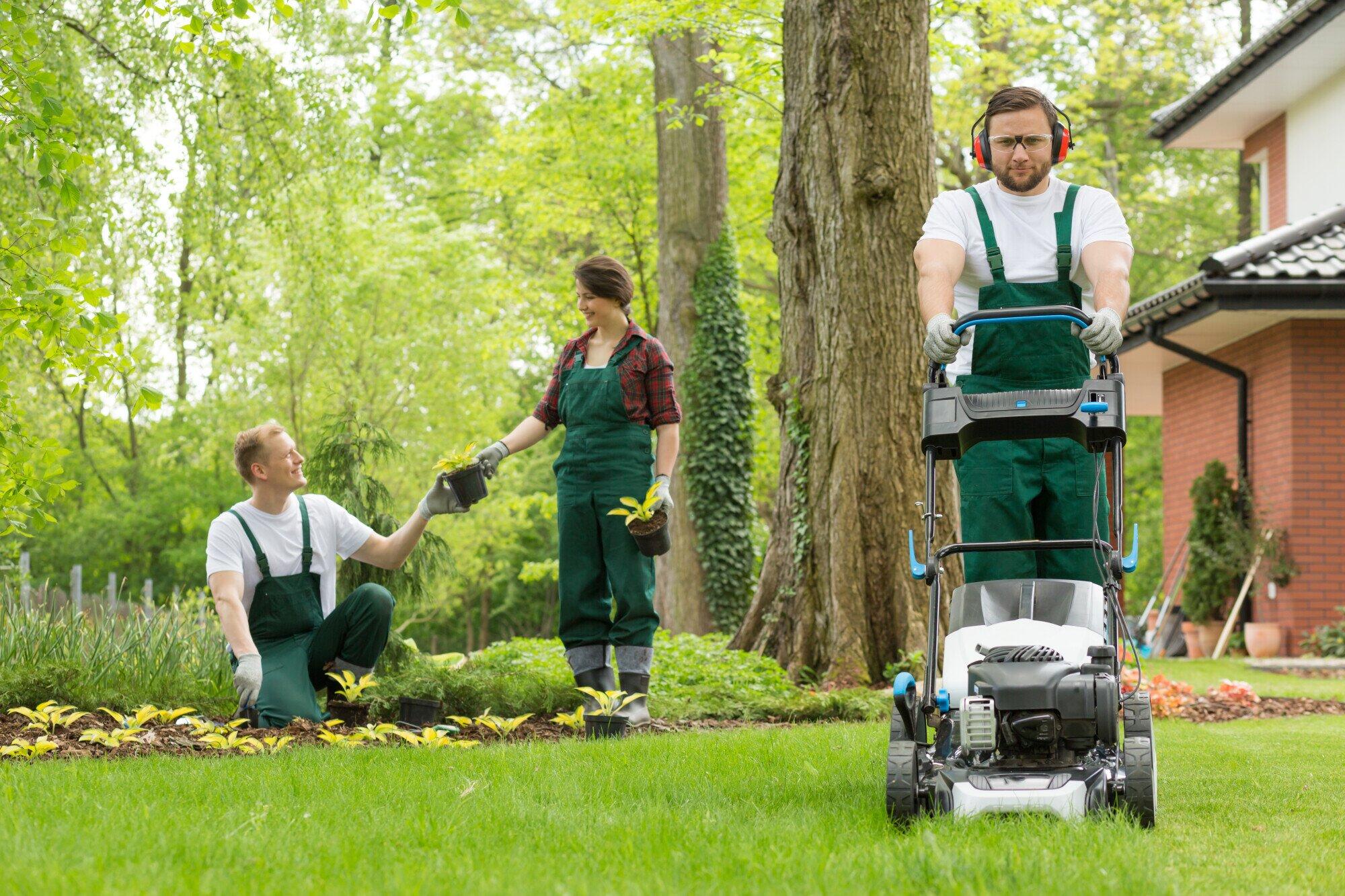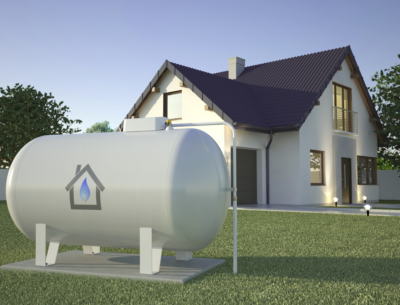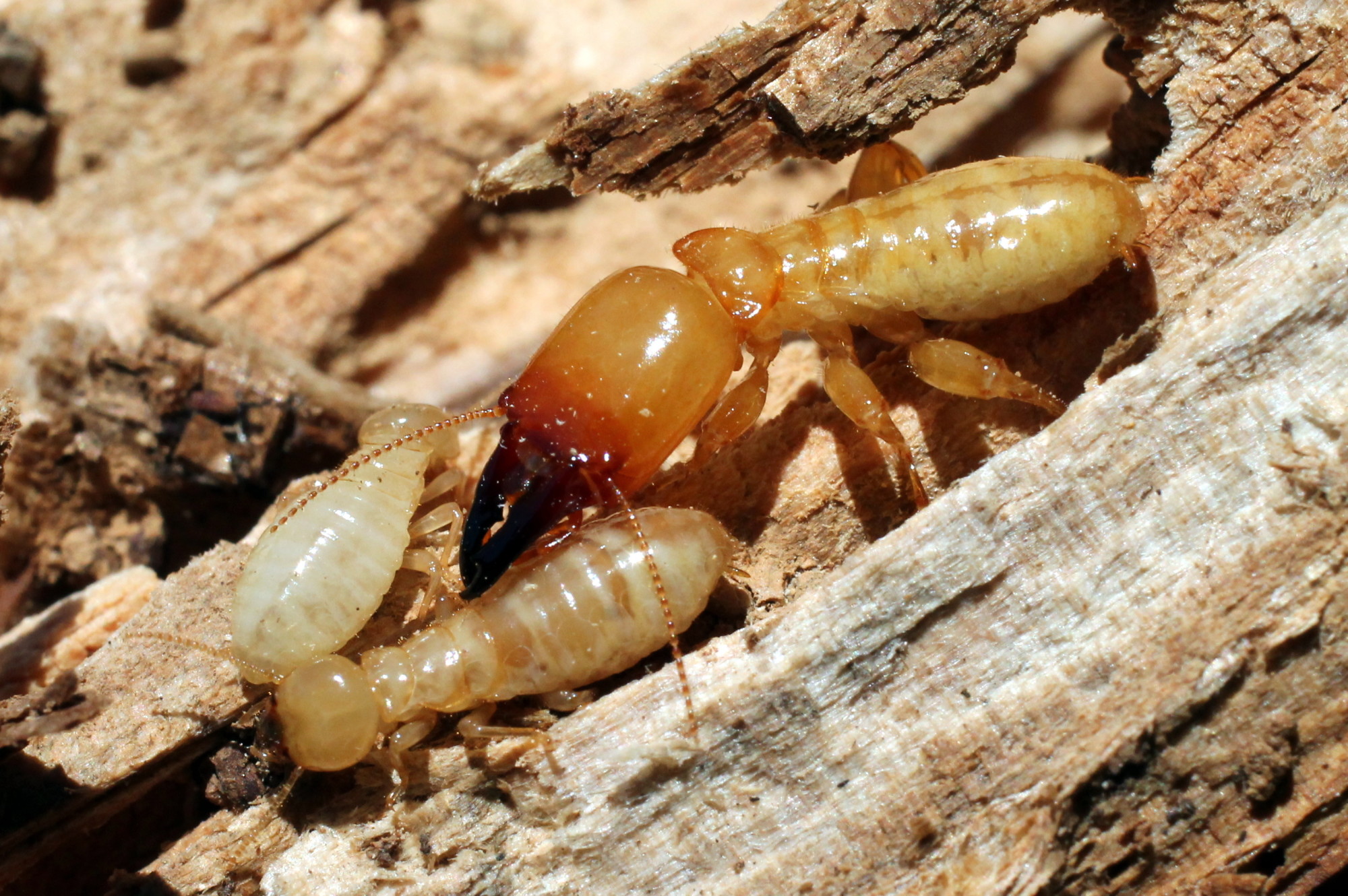Have you ever wondered how you can transform your green space into a stunning outdoor oasis? This article is an easy guide to mastering lawn maintenance and landscaping.
Learn simple and effective tips to keep your lawn lush and beautiful throughout the year. This hands-on guide will help you keep your garden green and make your neighbors green with envy!
Dive in to discover the secrets to a perfectly manicured lawn.
Soil Testing
First, let’s understand why soil testing is important. Soil testing is like a check-up for your garden. It tells you what your soil lacks so you can give your plants the right food!
You can use a home test kit or send a soil sample to a lab to do a soil test. Either way, you’ll learn about your soil’s pH and nutrient content. This information lets you choose the right fertilizer and plants for your garden.
Fertilization
Fertilization is essential for maintaining a healthy lawn and garden. After conducting a soil test, you can determine which nutrients your soil needs. This will help you choose the right fertilizer for your plants.
Different types of fertilizers are available, such as organic and synthetic options. Organic fertilizers are made from natural sources and provide slow-release nutrients to plants. Synthetic fertilizers, on the other hand, are chemically made and provide quick-release nutrients.
Following the manufacturer’s instructions when using fertilizers is important to avoid over-fertilization. Too much fertilizer can harm your plants and pollute water sources.
Mowing Techniques
Proper mowing techniques are crucial for maintaining a healthy lawn. It’s important to mow at the right height and frequency.
The ideal height for most grass types is around 2-3 inches. Taller grass shades the soil, reducing water evaporation and preventing weed growth. However, never cut over one-third of the grass blade in a single mowing session.
Additionally, it’s best to mow when the grass is dry to prevent clumping and damage to the turf. Mowing in different directions each time also helps minimize soil compaction and encourages healthy root growth.
Watering Practices
Watering your garden may seem simple, but doing it right can make a big difference. How much water your plants need depends on the type of plants, the soil, and the weather. If you water too much or too little, your plants won’t be as healthy as they could be.
You should water your garden early in the morning or late in the evening when the sun isn’t too strong. This allows the water to soak into the soil instead of evaporating. Remember, it’s better to water deeply and less frequently than give your plants a little water daily.
Aeration
Aeration is a simple yet effective method to keep your lawn healthy and lush. This process involves making small holes in the soil to allow air, water, and nutrients to reach the grassroots. It helps the roots grow deeply and produce a stronger, more vigorous lawn.
The main reason for aerating is to alleviate soil compaction. Compacted soils have too many solid particles in a certain volume or space, which prevents the proper circulation of air, water, and nutrients within the soil. Excessive lawn thatch or heavy organic debris buried under the grass surface can also starve the roots from these essential elements.
Weed Control
Weed control is vital for a healthy and attractive lawn. Weeds are not just unsightly; they compete with your grass and garden plants for water, nutrients, and sunlight. When left uncontrolled, they can rapidly spread and take over your green spaces.
Controlling weeds starts with regular lawn maintenance, such as proper mowing, watering, and fertilization. Using pre-emergent herbicides can prevent weed seeds from germinating. In contrast, post-emergent herbicides can be used to tackle existing weeds. However, it’s important to identify the type of weed before choosing the appropriate weed control method.
Overseeding
Overseeding is a technique used to improve the density of your lawn and enhance its color. It involves spreading grass seeds over an existing lawn and filling in areas of thinning grass or bare spots. Overseeding can be especially beneficial for older lawns showing signs of wear, offering them a fresh lease of life.
The ideal time to overseed is in the fall when the soil is still warm, but the air is cooler. This combination encourages grass seeds to germinate. Remember to water frequently after overseeding to ensure the seeds establish well and grow healthily.
To enhance the overseeding process and promote optimal grass growth, consider this service of Hydroseeding in Portland, which provides a nutrient-rich slurry mixture of grass seed, fertilizer, and mulch, fostering quicker and more even germination.
Mulching
Mulching is a common gardening practice with multiple benefits. It involves placing a material layer around your plants and over your soil. This material, or mulch, can be made from various things, such as bark, compost, straw, or grass clippings.
The first benefit of mulching is that it helps conserve soil moisture by reducing evaporation. In addition, mulch can prevent weed growth by blocking sunlight. Lastly, as organic mulch breaks down, it improves soil fertility and structure and promotes healthy plant growth.
Pruning and Trimming
Pruning and trimming are essential gardening practices that keep your plants healthy and aesthetically pleasing. By removing dead, diseased, or overgrown branches, you can improve the overall health of your plants and stimulate their growth. Pruning can also shape your plants to a desirable form, enhancing the look of your vibrant gardens.
However, it’s important to prune and trim at the right time and in the right way. Generally, the best time to prune is late winter or early spring before new growth begins, but this can vary depending on the plant species. Always use sharp, clean tools to make clean cuts and avoid causing unnecessary damage to your plants.
Elevate Your Home With Expert Lawn Maintenance and Landscaping
Transform your outdoor space into a thing of beauty with the right lawn maintenance and landscaping practices. Incorporate these landscaping tips and watch your garden evolve into a vibrant and healthy haven.
With a little time and effort, you can enjoy the serenity and appeal of a well-maintained garden. Remember, a stunning lawn is not just an extension of your home but a testament to your dedication and love for nature.
Did this article satisfy your quest for knowledge? Explore our blog for a continuous source of educational material.









